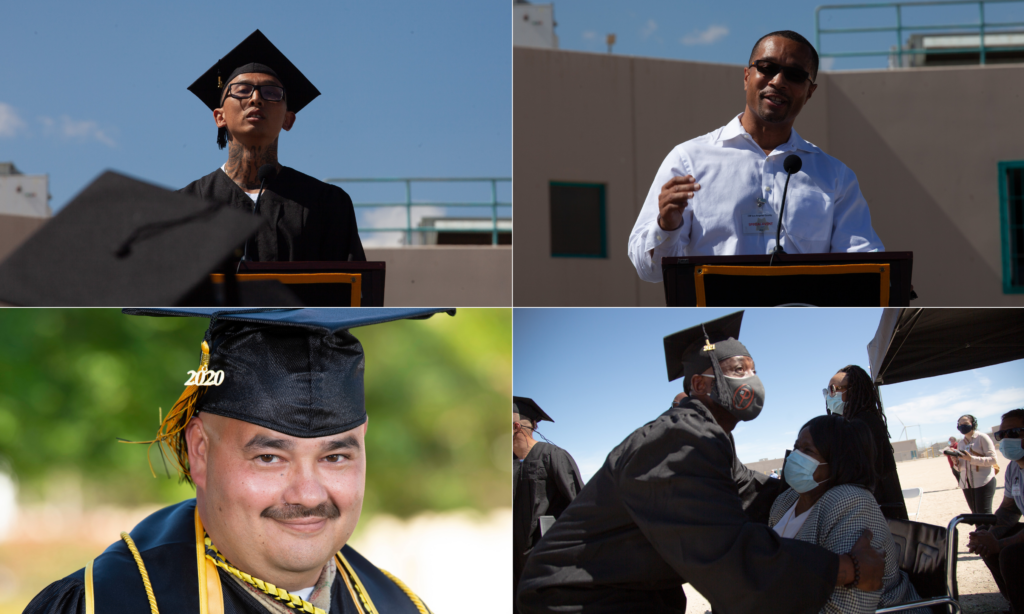
Students at Skyline High School in Oakland discuss coursework in one of four career-themed pathways.
Photo by Allison Shelley/The Verbatim Agency for EDUimages
California has made good on a promise in the 2022 budget to invest in programs that simultaneously prepare students for both college and career.
Gov. Gavin Newsom’s office announced Friday that the state has released $470 million to 302 school districts, charters and county offices of education to fund the Golden State Pathways program.
The program allows students to “advance seamlessly from high school to college and career and provides the workforce needed for economic growth.”
“It’s an incredibly historic investment for the state,” said Anne Stanton, president of the Linked Learning Alliance, a nonprofit that advocates giving youth opportunities to learn about careers.
Both the state and federal governments previously made big investments in preparing students for college or career at the K-12 level, but the Golden State Pathways program is different in that it challenges school districts, colleges, employers and other community groups to create “pathways” — or a focused series of courses — that prepare K-12 students for college and career at the same time. These pathways aim to prepare students for well-paying careers in fields such as health care, education and technology, while also ensuring that they take 12 college credits through dual enrollment courses and the A-G classes needed to apply to public four-year universities.
“By establishing career technical pathways that are also college preparatory, the Golden State Pathways Program provides a game-changing opportunity for California’s young people,” State Superintendent of Public Instruction Thurmond said in a statement.
The Golden State Pathways are an important part of the new master plan for education — Newsom’s vision to transform career education in California — which is expected by the year’s end.
The state is distributing the vast majority of the funding — $422 million — to enable schools to implement their plans in partnership with higher education and other community partners. The remaining $48 million will assist those who still need grants for planning.
All sorts of schools throughout the state — rural and urban, large and small — benefited from the funding.
Schools in the rural Northern California counties of Tehama and Humboldt — whose K-12 enrollment is under 30,000 students — jointly received about $30 million to implement and plan pathways to help students stay on track for college and careers with livable wages.
“That’s a big deal to have that kind of influx going to that many small schools,” said Jim Southwick, assistant superintendent of the Tehama County Office of Education, which plans to expand career pathways in education, health care, construction, manufacturing and agriculture.
Schools in Tehama had previously begun to implement career pathways at the high school level in concert with local employers and Shasta College. However, many students struggled to complete the pathways because they were ill-prepared in middle school, Southwick said.
But one middle school pilot program did successfully introduce students to career education, he added, leading to an influx of funding through the Golden State Pathways that will expand the program to other middle schools.
Long Beach Unified, the fourth-largest district in the state, received about $12 million through the Golden State Pathways program. District spokesperson Elvia Cano said the funding will provide counseling and extra support for students navigating dual enrollment, Advanced Placement courses, college aid, externships and other work-based learning opportunities.
The district also plans to increase access to dual enrollment through partner Long Beach Community College and to create a new pathway in arts, media and entertainment at select high schools.
Advocates are celebrating the governor’s commitment to the program despite the uncertainty surrounding the budget this year.
Linda Collins, founder and executive director of Career Ladders Project, which supports redesigning community colleges to support students, said, “It’s an impressive commitment at a time that it’s desperately needed.”
Newsom said in a statement that this funding will help students even if they don’t go to college , saying it “will be a game-changer for thousands of students as the state invests in pathways to good-paying, high-need careers — including those that don’t require college degrees.”




